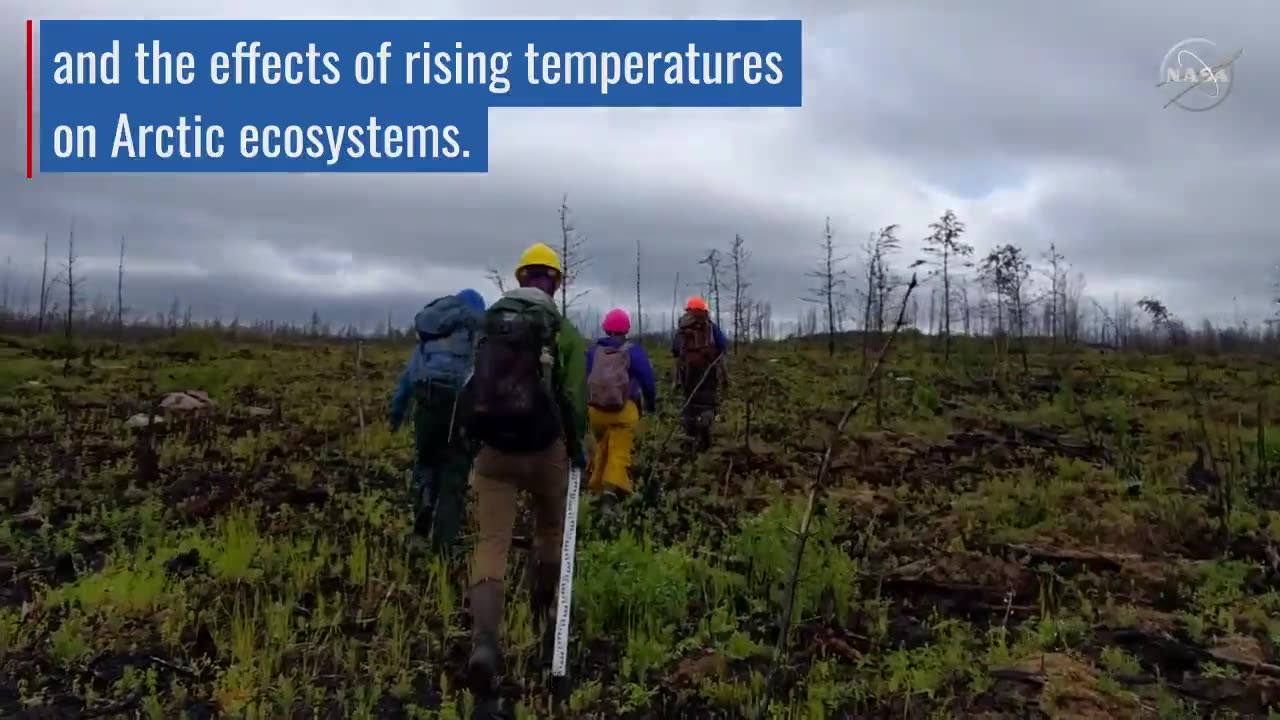Premium Only Content

Record-Breaking Climate Trend 2016 – Rising Temperatures and Shrinking Sea Ice
Two key climate change indicators have broken numerous records through the first half of 2016, according to NASA analyses of ground-based observations and satellite data. Each of the first six months of 2016 set a record as the warmest respective month globally in the modern temperature record, which dates to 1880. Meanwhile, five of the first six months set records for the smallest monthly Arctic sea ice extent since consistent satellite records began in 1979. NASA researchers are in the field this summer, collecting data to better understand our changing climate.
While these two key climate indicators have broken records of late, NASA scientists said it is more significant that global temperature and Arctic sea ice are continuing their decades-long trends of change. Both trends are ultimately driven by rising atmospheric concentrations of heat-trapping carbon dioxide and greenhouse gases as a result of fossil fuel burning and deforestation. These rising concentrations directly cause warming of the atmosphere and ocean, which in turn induce sea ice melt.
NASA tracks temperature and sea ice as part of its effort to understand the Earth as a system and to understand how Earth is changing. In addition to maintaining a fleet of 20 Earth-observing satellite missions, NASA also sends researchers around the globe to investigate different facets of the planet at closer range. Right now, NASA researchers are working across the Arctic to better understand both the processes driving increased sea ice melt and the impacts of rising temperatures on Arctic ecosystems.
-
 LIVE
LIVE
Quite Frankly
4 hours ago"European Deth Pact, Blackout Data Breach, More" ft. Jason Bermas 3/3/25
546 watching -
 LIVE
LIVE
2 MIKES LIVE
1 hour ago2 MIKES LIVE #187 Deep Dive Monday!
104 watching -
 44:25
44:25
CatfishedOnline
3 hours agoRacist Lady Shocked After Sending Money to a Nigeria Romance Scammer
3.34K2 -
 56:45
56:45
VSiNLive
2 hours agoFollow the Money with Mitch Moss & Pauly Howard | Hour 1
30.9K -
 2:28:18
2:28:18
Nerdrotic
6 hours ago $3.97 earnedOscars Aftermath | Super Chat Square Up - Nerdrotic Nooner 469
42.5K13 -
 1:09:41
1:09:41
Sean Unpaved
7 hours ago $4.00 earnedUnpaved
50.4K4 -
 2:01:02
2:01:02
Revenge of the Cis
5 hours agoEpisode 1455: Cover Up
34.3K2 -
 1:01:18
1:01:18
In The Litter Box w/ Jewels & Catturd
1 day agoUK DUPLICITY | In the Litter Box w/ Jewels & Catturd – Ep. 753 – 3/3/2025
74.8K38 -
 1:35:28
1:35:28
Vigilant News Network
6 hours agoHillary CRUSHED by Hegseth After She Suggests His KREMLIN Ties | The Daily Dose
43.5K17 -
 51:22
51:22
The HotSeat
3 hours agoZelensky: The GOAT Of Grifting!
19.4K4